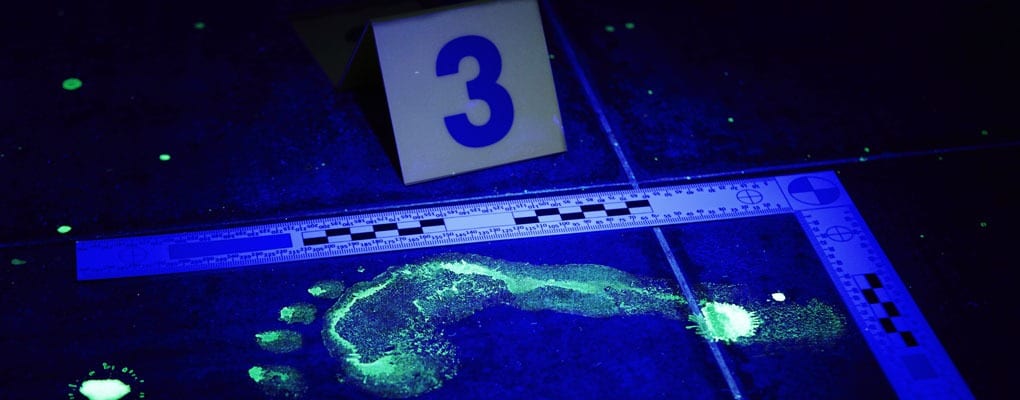The devil (and fun) is in the detail…
Reading your own reviews can be a bit of minefield for a writer, and should only be undertaken when bolstered by a plentiful supply of chocolate and/or white wine, but one thing that never fails to make me happy is when people say the books feel ‘authentic’, whether that’s the details of the police investigation, the science of forensics, or the way a case is taken to court. It’s a subject that often gets raised when I meet readers face to face too: contemporary crime investigations are so complicated, how do you go about doing your research?
First up, I have to ‘fess up: the original version of Close to Home was written using only what information and material I could find for myself, which basically meant what I could dig up on the internet (though I do have a couple of textbooks on forensic science as well). I also drew very heavily on one of my personal guilty pleasures, which is watching crime on TV, especially true crime. My husband used to tease me about it, but since the books took off he just nods wisely and smiles whenever he catches me ‘at it’!
Of course, as soon as things got serious and I had a publishing deal with Penguin it was time to consult some real experts. I didn’t know any police officers before that, but I did know one of our local councillors, and he was kind enough to get me an introduction to a real-life Detective Inspector, with immense experience in handling complex investigations. It was the first time he’d done anything like this, so it was a learning curve for both of us, but it’s developed into a really good partnership, and I think (hope!) he enjoys doing it. And he’s only one of an ever-expanding ‘pro team’, which includes a forensic scientist, a barrister, a doctor, a forensic psychologist, and other experts I talk to about specifics that come up for particular books (like a fire scene investigator, for No Way Out – more on that in a future newsletter).

In terms of the writing process, the ‘pro team’ are all busy people doing important real jobs, so I do my best not to bother than too often. The general pattern is for me to do as much as I can on my own to start with, and then show it to the team at first-draft stage, to get their feedback and make changes if necessary. Usually, it’s a case of changing small details, but not always! The most significant change I’ve had to make so far was a fairly major re-working of the original ending of Close to Home. In the very first version, the police ended up being convinced that Daisy was buried under the new railway bridge, but decided not to dig it up, due to the upheaval and expense it would entail. But Andy, the DI, put me right on that very quickly, saying the police would always excavate in those circumstances, whatever the cost (which is quite comforting really, when you think about it).
Apart from Andy, the other person I sometimes talk to in the earlier stages of story development is Joey, my CSI friend. That’s because a whole novel can hinge on what is – and more importantly, isn’t – feasible in terms of forensics. There’s no point setting up a beautiful twisty plot, only to find (100,000 words of hard graft later) that the CSI team would have cracked the whole thing in five minutes. It’s fascinating talking to Joey, and I always get a special tingle down my spine when he says the immortal words, ‘Now that’s a really good question…”
I find the research element of my job absolutely fascinating, and something tells me you will too, so over the next few newsletters I’m going to talk in detail to some of the people on the ‘pro team’, starting with Joey himself. Keep a look out for that in April!



Please note: Moderation is enabled and may delay your comment being posted. There is no need to resubmit your comment. By posting a comment you are agreeing to the website Terms of Use.